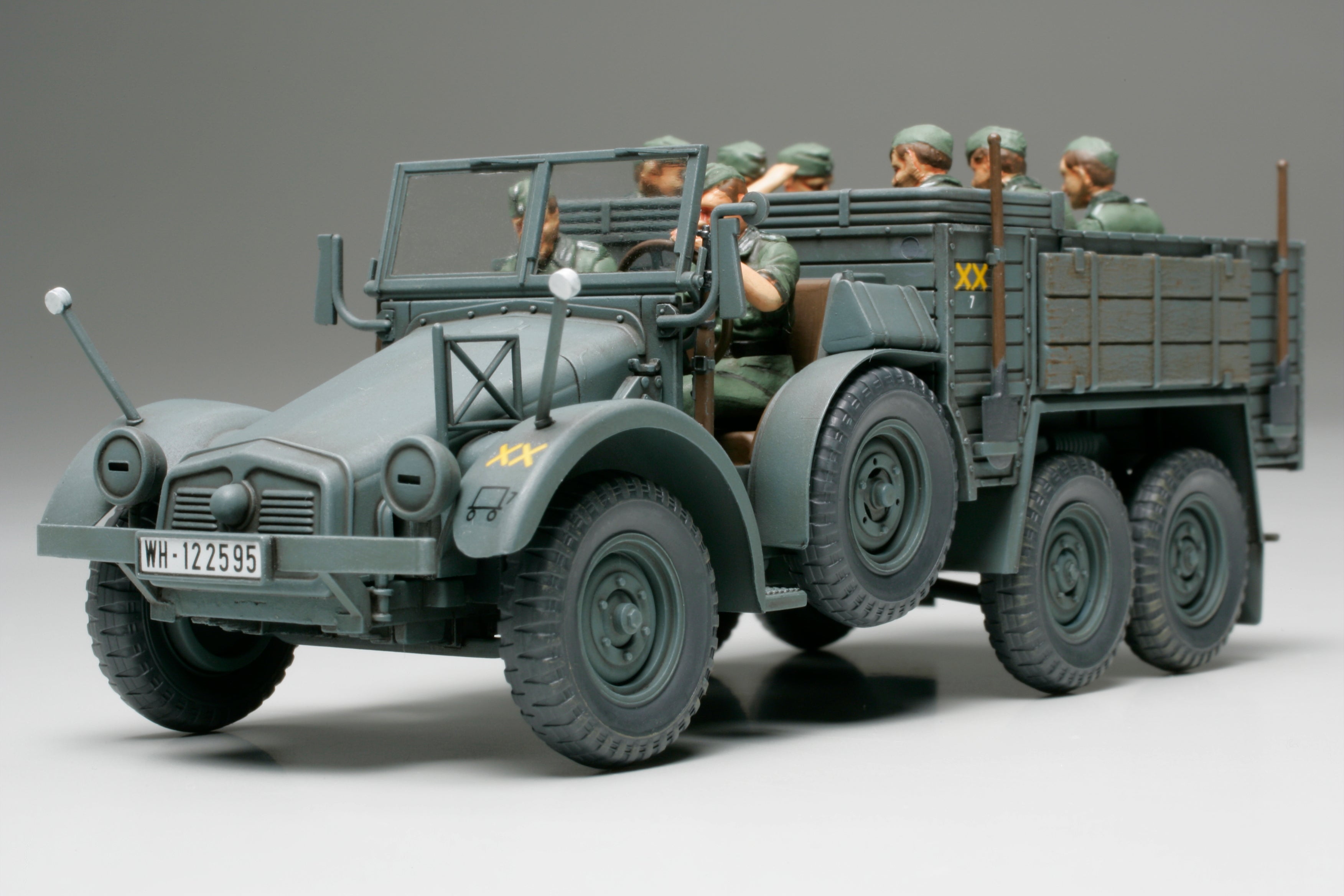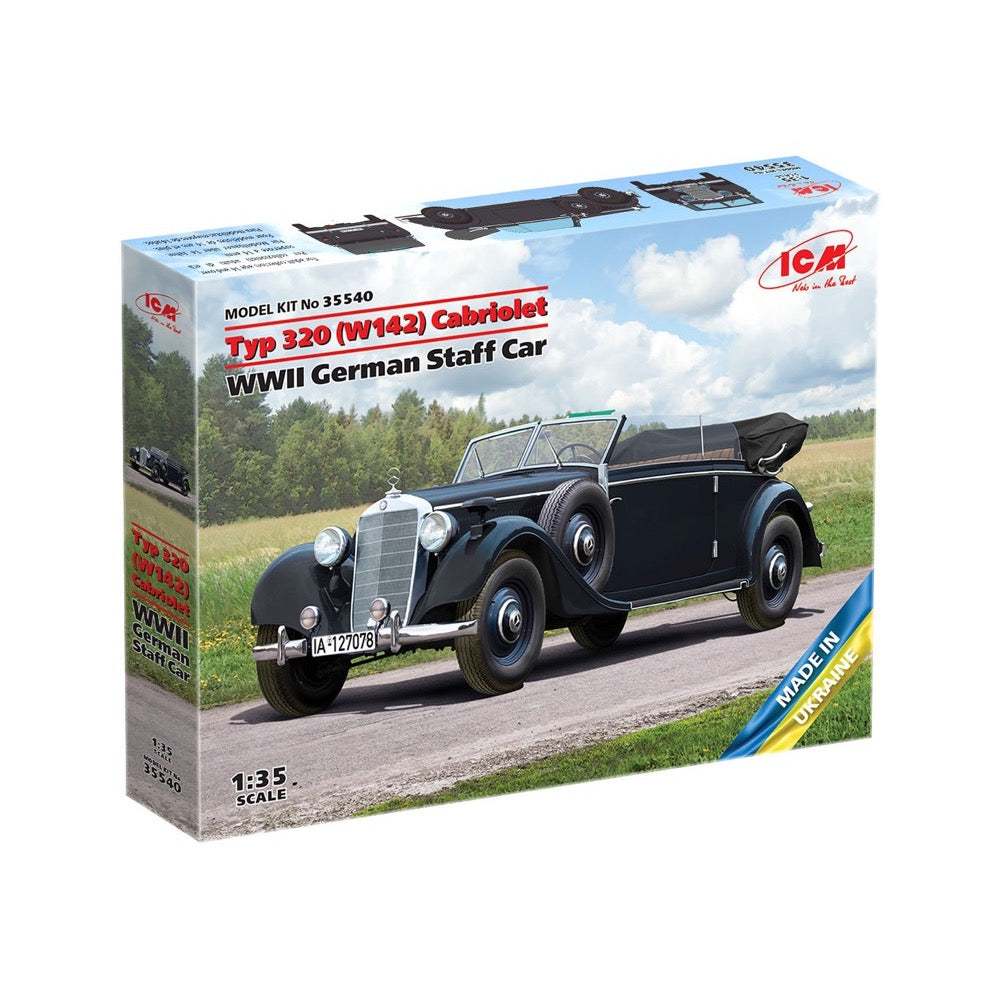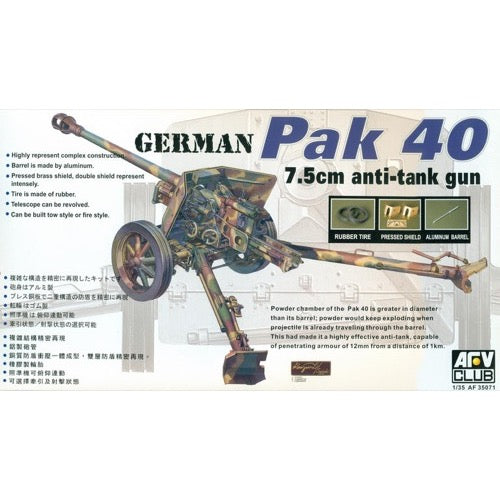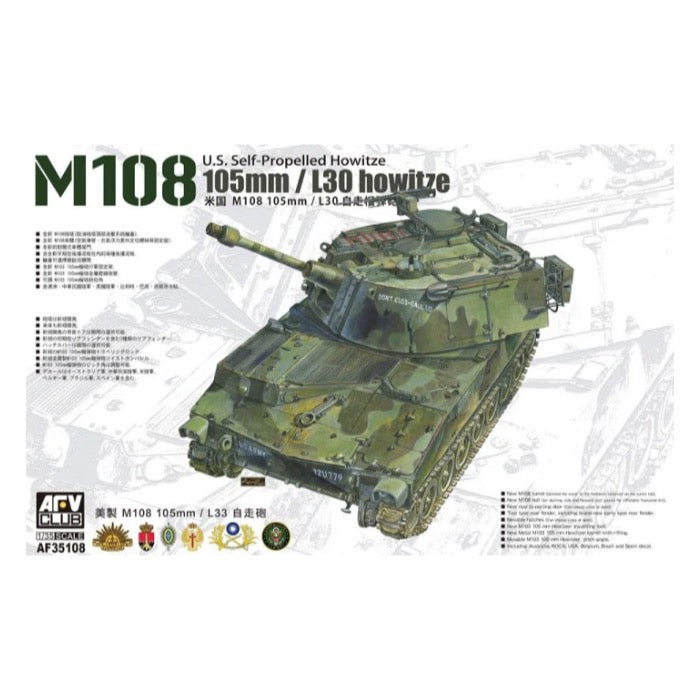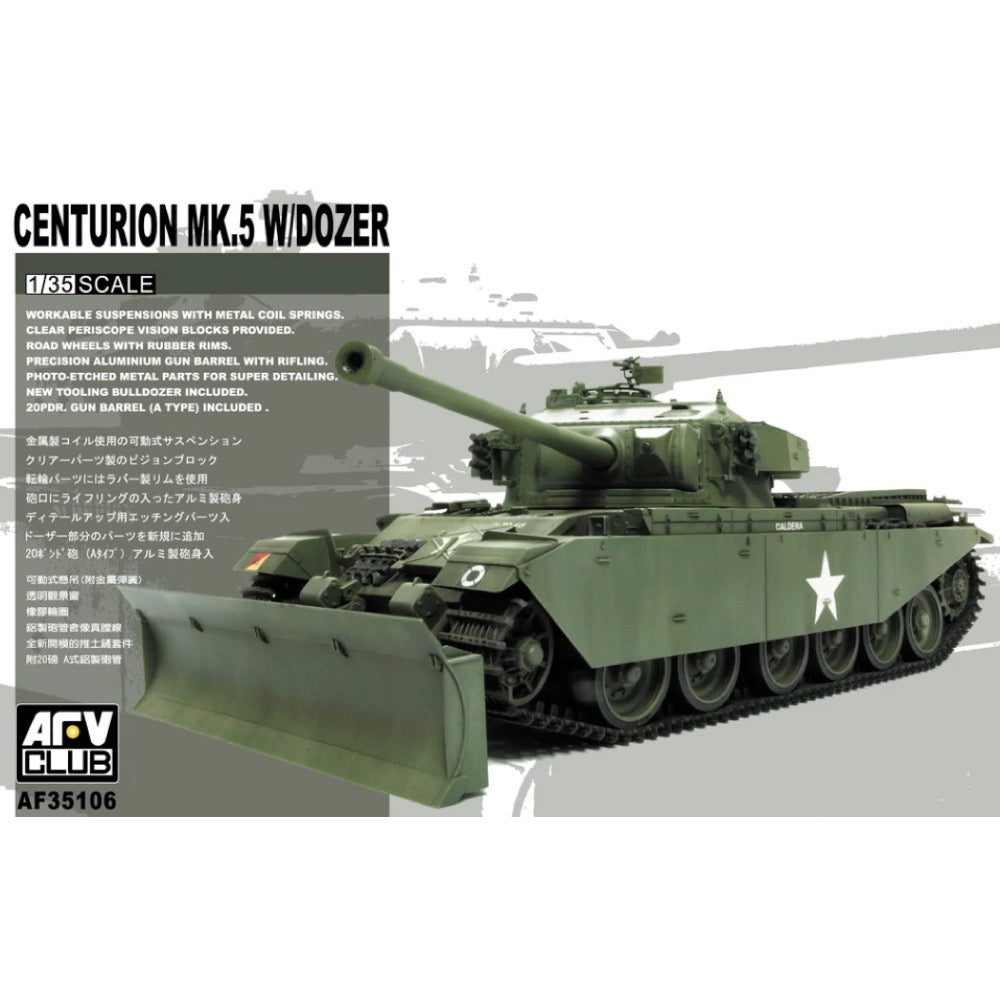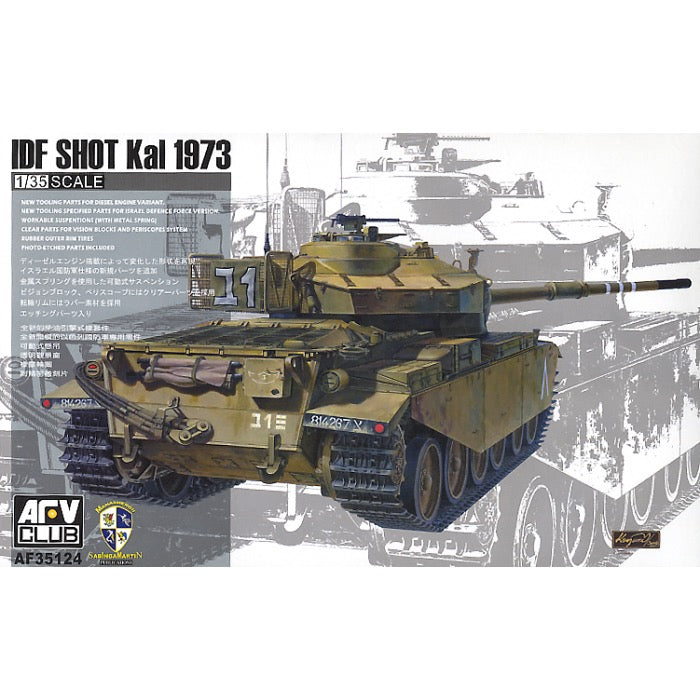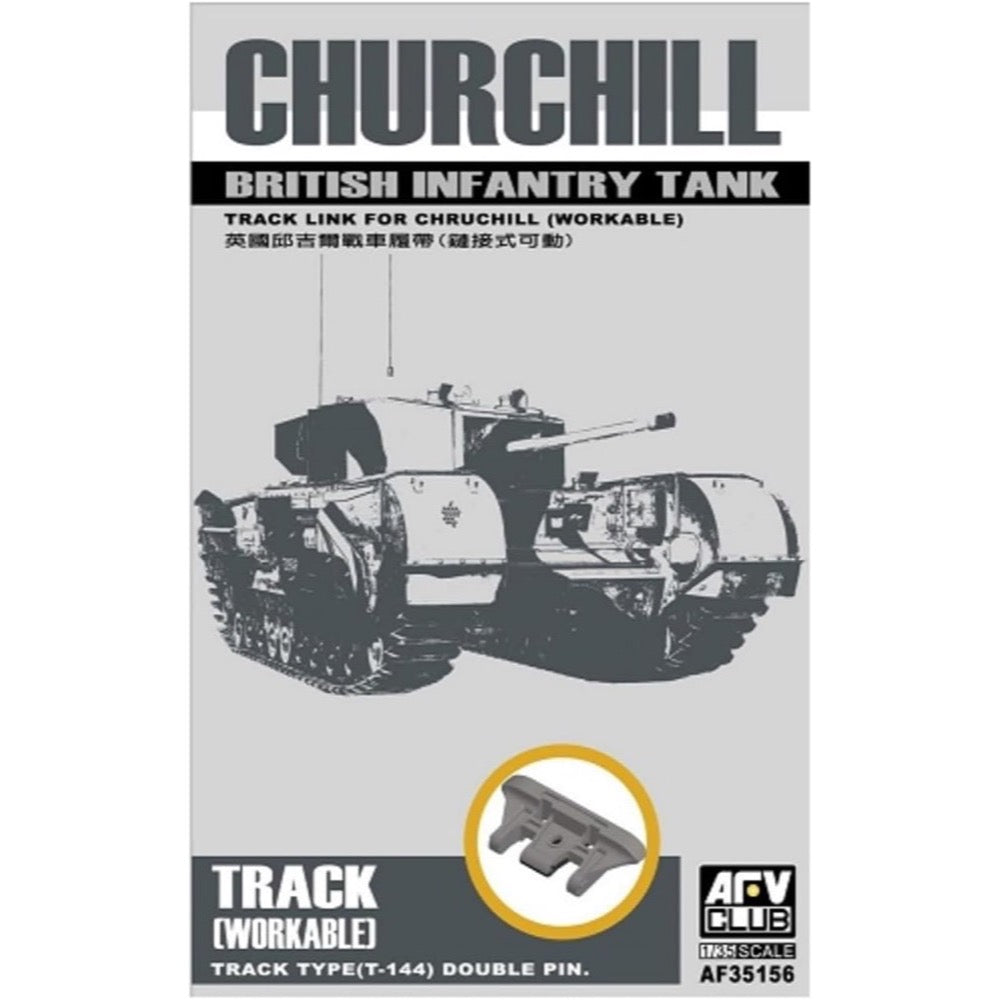
AFV 35156 1/35 Track Link For Churchill Workable
This is a set of highly detailed plastic workable indy-link tracks for the Churchill tank. Each link consists of two pieces.
Specification
- 160 track links
- 1:35 scale
- unbuilt / unpainted
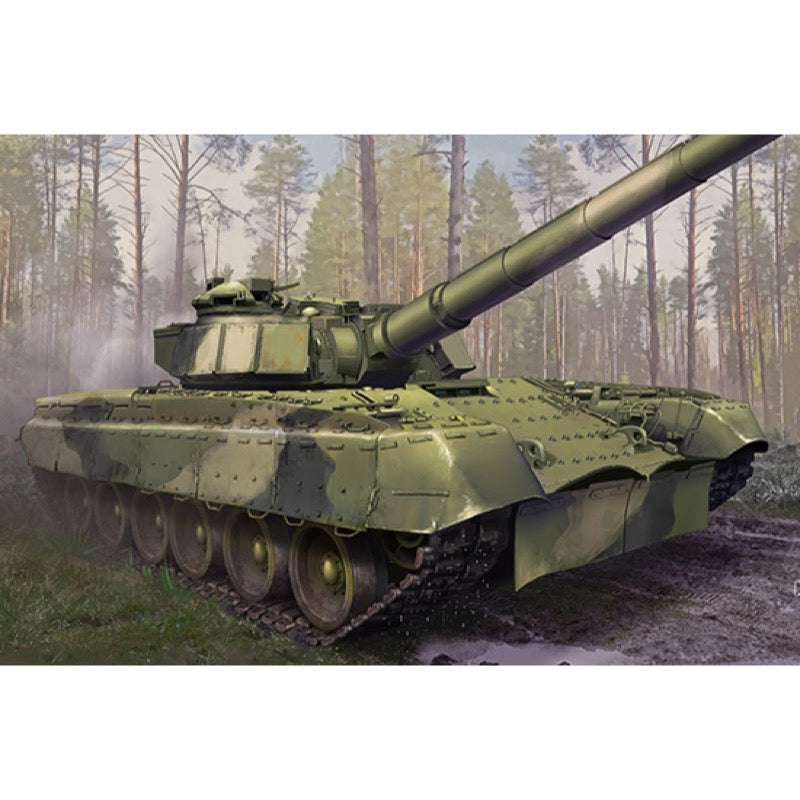
Trumpeter 09583 1/35 Soviet Object 292 Experienced-Tank
The 292 Project Tank is an experimental tank manufactured by the Soviet Union in September 1990. The vehicle is based on the chassis of the T-80 tank, uses a new turret, and is equipped with an LP-83 152.4 mm smoothbore gun. In September 1990, the vehicle was completed and underwent various test encounters in 1991. During the test, the artillery showed a high degree of stability and the tank itself had no problems with its reliability. However, due to lack of funds, the car was terminated as a prototype and could not be further developed.
Features
- The kit consists of over 970 parts
- the kit w/refined detail
- multi-slide molded turret and lower hull
- 192 individual tracks links
- Etched Photo parts included
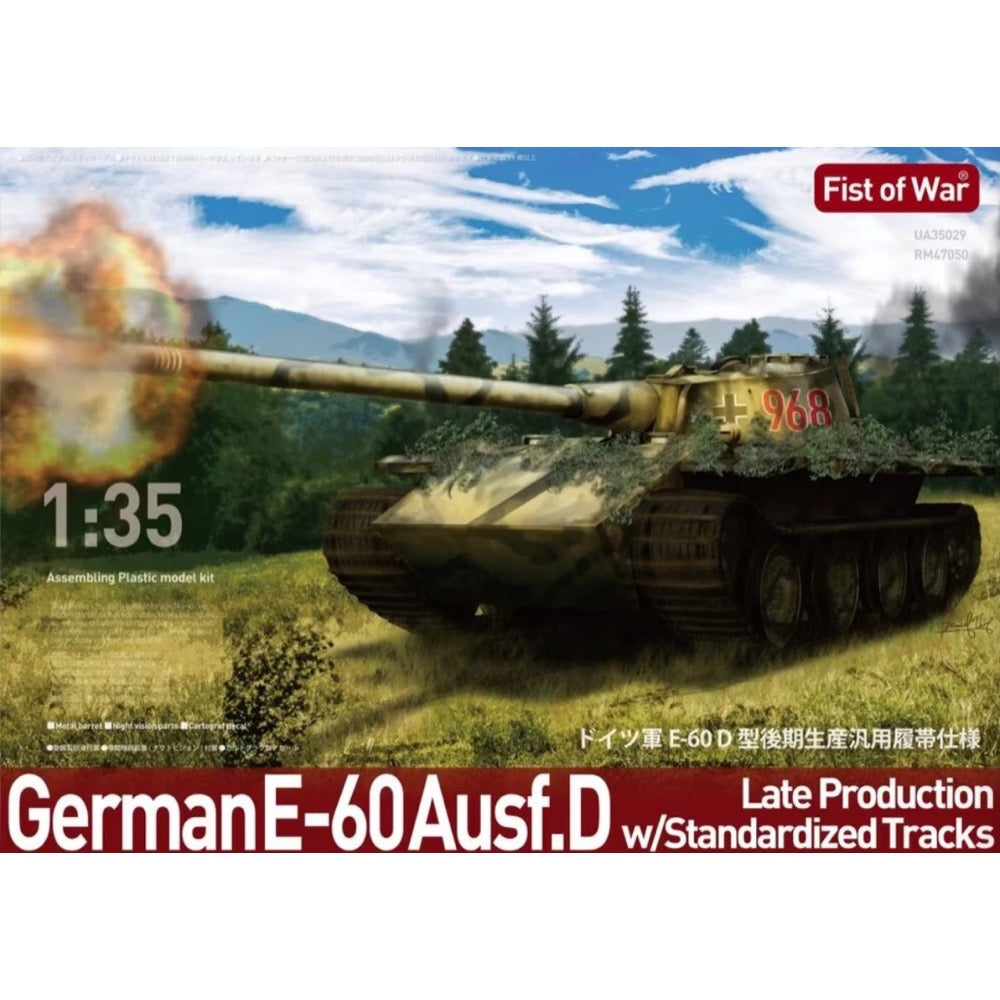
Modelcollect UA35029 1/35 German E60 Ausf.D Late Production w/Standardlized Tracks
The E-series, was a World War II tank development by Germany to produce a standardised series of tank designs, which intended to reverse the trend of extremely complex tank designs that had resulted in poor production rates and mechanical unreliability.
The E-60 early produciton has 2 typesof the road wheel layout; 7 suspension arms with larger wheels or 8 suspensions arms with middle size wheels and upper road wheels for better traction efficiency. However, these roadwheel layout variations ended up with decreasing parts production efficiency, which ironically contradictory to the concept of the E-series, thus, all the tanks in late production were fitted with the completely identical wheels and the narrower track links originally designed for E-100 super heavy tank, along with the night vision equipment. Some of the Tanks in this E series were said to be exported to imperial Japanese army.
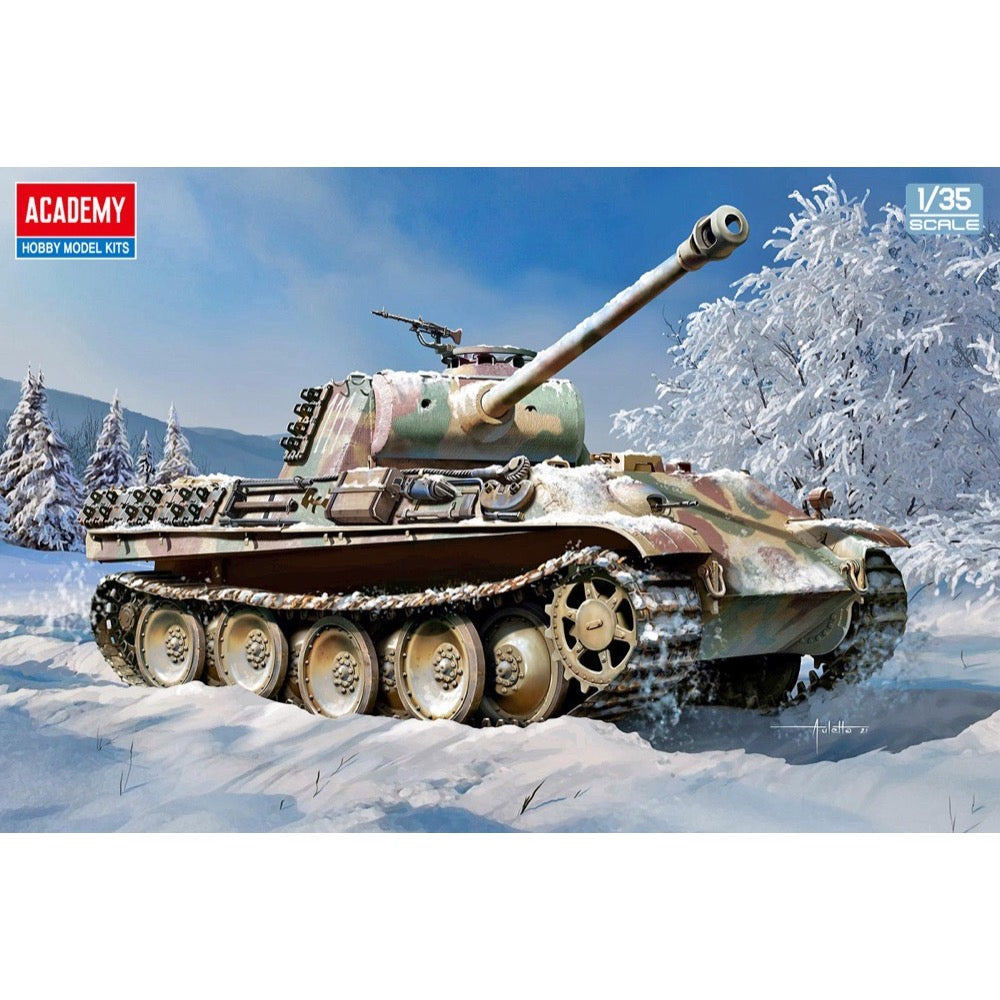
Academy 13529 1/35 Pz.Kpfw.V Ausf.G Panther Early
The Pz.Kpfw V (SD.Kfz 171) Panther is a German medium tank, considered to be one of the best tanks of the Second World War. This vehicle was a response to the Soviet T-34. The first production versions appeared as early as 1942, but the Panthers appeared for the first time on the front lines in the summer of 1943, in the Battle of Kursk. Due to the very high failure rate and numerous "childhood" problems of the vehicle, 150 out of 204 used vehicles were lost. Interestingly, however, only a few of these 150 cars were lost as a result of the Soviet shelling. After eliminating these shortcomings, the Panther became famous as an extremely effective tank. It owed it to the well-shaped frontal armor and the excellent anti-tank gun. KwK 42 / L70 cal 75mm. The basic version of the T34 / 76 did not stand a chance with the Panther. Only the advent of the T34 / 85 and IS-2 tanks changed this state of affairs. On the other hand, the Allied Sherman tanks could compete with the Panther only after being armed with a 17-pound gun (Sherman Firefly). Nevertheless, it should not be forgotten that the Achilles' heel of this successful design was the weak side armor and the high technical complexity of the entire structure, and thus the high production time. Throughout the war, around 6,000 Panther vehicles of all versions (Ausf. D, A, G) were produced. The first mass-produced version was the "D" version, with 80mm thick frontal armor and a Maybach 230 P30 engine with 700HP. From the second half of 1943, tanks of this version had armored aprons. The Panther Ausf entered production in September 1943. A. It had a spherical mount for the MG-34 rifle in the fuselage. It was produced until March 1944. The "G" version was the most produced version. Over 3,700 tanks of this model were built. It was produced from March 1944 to January 1945. It mainly increased the angle of the frontal armor and made it thicker. The gun mantlet has also been modified. The Jagdpanther tank destroyer (Sd.Kfz 179) was also built on the Panther's chassis. When assessing the Pz.Kpfw V, you should remember not only about the great frontal armor or the gun, but also pay attention to the disadvantages of the weapon - large overall dimensions, delicate suspension, armor of increasingly poor quality caused by a lack of molybdenum or weak side armor. Technical data: length (with a barrel): 8.66m, width: 3.42m, height: 2.99m, engine power: 700KM, range (on the road): 200km, maximum speed (on the road): 46km / h, weapons : 1 cannon. 75mm KwK 42 / L70, 2 7.92mm MG-34 machine guns.
The Panther tank type G early production type that the German army started to deploy in 1944 is now available.
The product also features precision molding of the shields and turret sides, including the imitation hooks, each OVM, and more.
Seven types of decals and etched parts are included.
Crawler is a split-connecting system.
This is an injection-plastic military vehicle model kit.
Includes
-
Photo-etch parts included.
-
Link & length tracks.
-
Choice of 7 markings:
-
1./Pz.Rgt. 24, 116.Pz-Div., Ardennes, Belgium, Dec 1944;
-
1./SS.Pz.Rgt 1, Belgium Sep 1944;
-
10.SS-Pz-Div., Arnswalde, Poland, Feb 1945;
-
1./Pz.Rgt.24, 116.Pz.Div., France, Aug 1944;
-
1st SS-Pz-Div., Luxembourg, late 1944;
-
Unknown unit, Germany, Jan 1945;
-
Polish Home Army, Warsaw, Aug 1944.
-
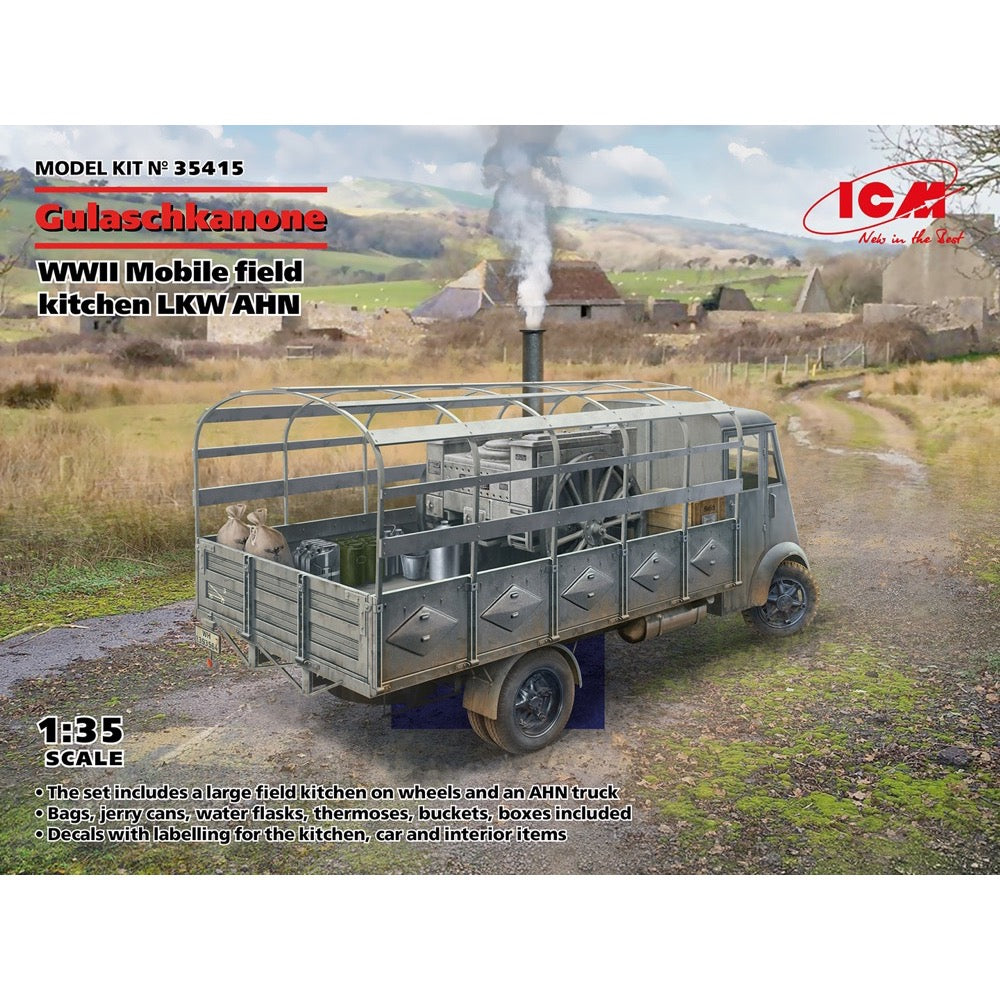
ICM 35415 1/35 AHN Gulaschkanone WWII German Mobile Field Kitchen
Gulaschkanone
WWII German mobile field kitchen LKW AHN
To provide hot meals to Wehrmacht soldiers in the field, company kitchens were set up to prepare meals. Qualified cooks were in charge of these issues, who also used the services of assistants. The cooked food was distributed either directly into soldiers’ pots or into special large thermoses (for delivery to units located at a certain distance from the kitchen). The Wehrmacht used field kitchens of several types: large kitchens for cooking for the number of soldiers from 125 to 225, or smaller kitchens for 60 to 125 people. They were transported either on a trailer behind cars or by a team of horses. They were also installed in the backs of trucks, such as the French-made AHN trucks in the Wehrmacht’s numerous fleet. Soldiers’ humour gave the field kitchens the name ‘Gulaschkanone’ (‘Goulash Cannon’).
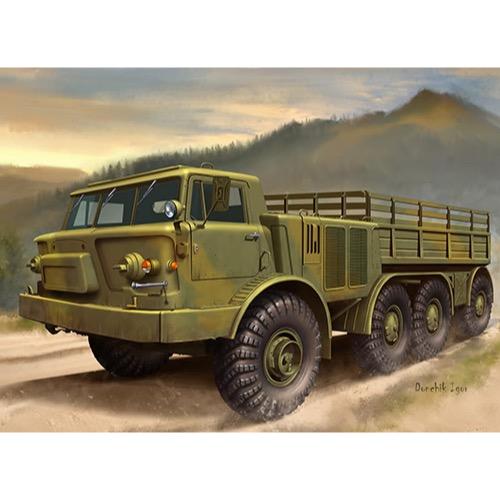
Trumpeter 01073 1/35 Russian Zil-135
The ZIL-135 is a large, eight-wheeled military transport and self-propelled artillery truck produced in the Cold War by the Soviet Union starting in 1959. Its purpose was to carry and launch an artillery missile, specifically a FROG-7, from surface-to-surface. The ZIL-135 was widely exported to other communist countries, most notably North Korea, where it is a common sight in films and military marches. It also served as the TEL for the BM-27 Uragan artillery rocket system.


